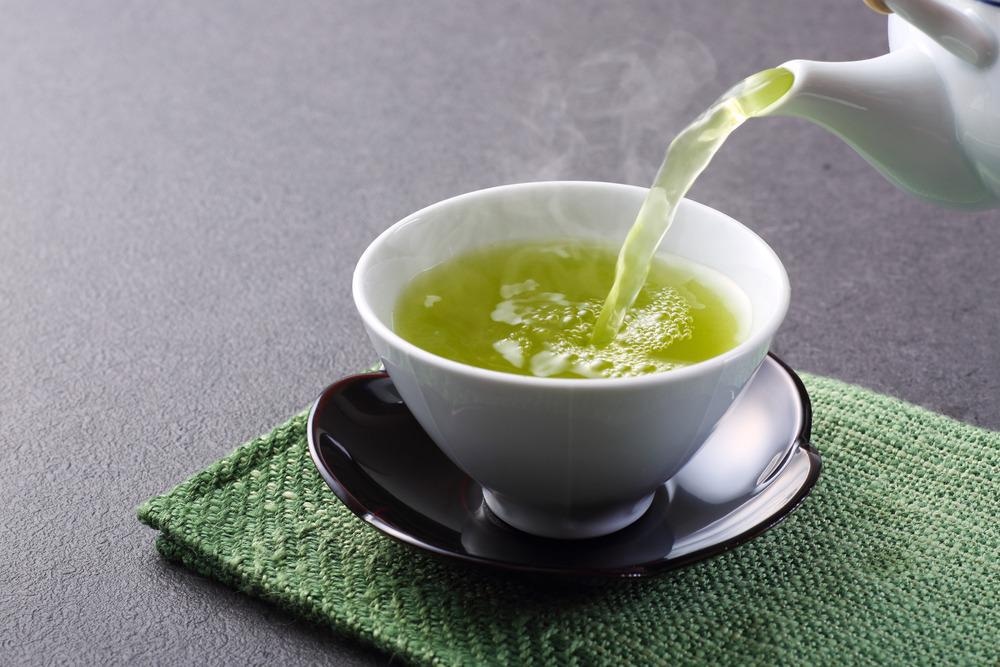Featured in the journal ACS Nano, it was proved that employing finger gesture, a subaqueous dynamic human-machine connection linked with a robot arm and a gold nanomembrane strain-sensitive electronic skin can accurately catch a slithery manufactured fish.

Study: Molecular Rationale for the Design of Instantaneous, Strain-Tolerant Polymeric Adhesive in a Stretchable Underwater Human–Machine Interface. Image Credit: taa22/Shutterstock.com
Challenges Faced in Adhesives
Polymeric adhesives are critical for stabilizing diverse interactions in a wide range of industrial applications, spanning shipbuilding and construction to portable Internet-of-Things sensors.
Current commercial adhesives, primarily thermoplastic synthesized polymers like epoxy resins, have adhesive output on the sequence of megapascals; however, the severe toxic effects of their by-products, in the biosphere and living beings, as well as irrevocable, sluggish adhesion in aquatic images, remains an uncertainty.
New chemical solutions motivated by living things in the seas have been created to address the identified adhesive difficulties. Even though aqueous adhesives are extremely safe and environmentally benign, their adhesive capabilities versus external effects like humidity and warmth have to be improved.
Strain-Tolerant Bidirectional Adhesion
Aside from such challenges, achieving strain-tolerant bidirectional adhesion across such a wide range of displacements ranging from wave- and temperature shear force to face or fiber compression strength has been a major focus in the search for long-lasting, strong adhesives.
This is due to the fact that most adhesives lose stickiness when acted upon by a force recurrent tensile forces due to coherent failures, which entails breakage of chemical bonds inside the polymer system instead of at the adhesive substrate contact.
Regardless of the fact that several endeavors to resolve adhesion and cohesion failures have been influenced by nature's organisms and centered on how to adjust the polymeric spine, molecularly or purely engrained adhesive polymeric oligomers or micro clays in the polymer system, such strategies form weak and quickly swelled up structures in the adhesives.
In extreme heat and humidity, this results in poor cohesive forces.
To achieve strain-tolerant global adhesion, the polymer molecules' best physical layout and orientation are studied collaboratively for tightly populated systems that are useful for avoiding adhesive dilatation or breakage.
Importance of iPASTE
For linked molecular mechanisms, an immediate polymeric adhesion with maximum stress tolerance (iPASTE) composed of "linearly" oligomerized green tea extraction was suggested.
Green tea compounds include a variety of sticky polyphenol moieties, including catechol and gallol, that can react with both biopolymers through various bidirectional hydrogen bonds. It was discovered that just combining the "linear" oligomer version of the samples with PEG leads to polymeric adhesion capable of strain resistance.
The high molar proportion of the linear polyphenol present in the adhesives, in particular, is crucial for the avoidance of adhesion and cohesion problems as well as superior strain endurance. Due to the obvious low-density polymeric structure, including a particular amount of branching polyphenols into the glue lowers bond strength as well as stress endurance.
The iPASTE's dense composition mirrors the packed granular shape seen in very stiff mollusk shells. Moreover, biocompatible iPASTE is non-toxic and does not emit VOCs. It also acts as an interfacing substance.
Using the sensor, a water-tolerant human-machine interface (HMI) was shown. It accurately operates a robot arm with no debonding of the sensing element from the glove's curved edges.
In the case of tolerating universal adhesives, the ideal body arrangement and shape of the polymer chains are evaluated collaboratively for tightly compact systems, which are advantageous for minimizing adhesive expansion or breakage.
Conclusion
Poor cohesion toughness resulting from weak and readily swelled polymeric networks inside traditional adhesives continues to be a barrier to achieving long-term stable and even underwater-insensitive bidirectional adhesion against a variety of extreme dynamic deflections.
As a result of its densely populated organizational structure and the composition of green tea extracts, iPASTE has shown exceptional adaptability, including high heat flow resistance and eco-friendly qualities, to overcome such challenges.
To be more specific, iPASTE boosted both cohesive and adhesive toughness to the point where multivalent hydrogen connections between the gallol groups in OEGCG and the ether/hydroxyl groups in PEGs are bidirectional even when subjected to severe mechanical stress.
When compared to previous stretchable devices, our molecular method enables the ANE-skin sensors to be more electrically and dynamically trustworthy, even in the presence of water. A real-world implementation of the uiHMI was shown.
Continue reading: Improving Epoxy Resin with Flower-Like Nanoparticles.
Reference
Choi, Y. et al. (2022). Molecular Rationale for the Design of Instantaneous, Strain-Tolerant Polymeric Adhesive in a Stretchable Underwater Human−Machine Interface. ACS Nano. Available at: https://pubs.acs.org/doi/10.1021/acsnano.1c09393
Disclaimer: The views expressed here are those of the author expressed in their private capacity and do not necessarily represent the views of AZoM.com Limited T/A AZoNetwork the owner and operator of this website. This disclaimer forms part of the Terms and conditions of use of this website.